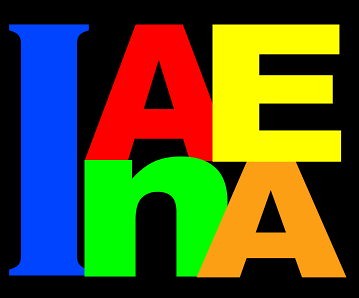

Since I work at the intersection of arts, design, computer science and media technology, am following the increasing interest in trans-disciplinary approaches being embraced by the research community in the field of arts, science and technology. As I addressed in earlier posts, there is an increasing interest of introducing the art practice based PhD in the framework of new study programs at art academics at the international level. However, one example of current trans-disciplinary research conferences I came across is the symposium entitled Claiming Creativity: Art Education in Cultural Transition presented by the Columbia College Chicago in partnership with The European League of Institutes of the Arts.
Interestingly the symposium includes a program strand on Arts, Science and Technologywhich outlines the following questions:
“-What are disciplines?
– What is between the disciplines?
– What is beyond the disciplines?
– Is art a discipline?
– Can disciplines talk to each other?
– Is technology a medium?
– How active is technological interactivity?
– How creative is science?
– Will the hype for social networking tip over into a desire for much more intimacy and privacy?
– Who is still interested in the millions of pictures of ‘my’ dog with a bent ear?”
What do you think about the questions? Are those the ones of most importance when looking at future education and development?
In the Leonardo Education Forum community, there is big debate on the issue of Arts&Science, especially addressing the impact of nano technology on the arts as well as nano arts.
However, the symposium is outlined as follows:
“Claiming Creativity seeks to re-position creativity as a driver not only for our economies, but also for art making, for transformational processes, and for social and cultural development and change. The working assumption is that the vitality of our common future is linked tightly to creative practice in many forms. This symposium will place artists, designers, architects and other active “creators” and those who teach in the creative disciplines squarely at the center of these important conversations along with leaders in industry and commerce who share an interest in the life of the imagination and its value to society.
Educators and other leaders in the arts, business, science, commerce, industry, public policy as well as other areas relevant to the symposium topics are invited to submit proposals to present research, works in progress, case studies, or summaries of research already completed that have the potential to stimulate lively and productive debates among symposium participants. Proposed presentations must include room for participant interaction so that the symposium sessions will be as interactive as possible.
A special feature of Claiming Creativity is the symposium online forum, which will be available beginning January 18, 2010 and will lead into the Chicago event. Successful proposal abstracts will be posted to the online forum for discussion by other symposium participants. These online discussions will provide additional ideas for special sessions at the symposium in Chicago designed specifically around the web forum discourse. Additionally, a symposium “journal” will be published through Columbia College Chicago’s academic press.
the workshops attached to it address Networked Realities / Receive and Respond:
Art paradigms exist on a continuum from the individual voice creating objects for contemplation to the engagement of groups in the performance of shared, responsive environments. This workshop tackles the notion of art as conversation, and considers the implications of interactivity on contemporary art practice.”
Further it addresses the topic of Unlikely Cohorts:
“How does Art compute Science? How does Science grapple with Art? Scientists and artists mediate the world with similar methodologies. They pursue inquiries with no preconceived answers. Research and artistic production lead both to creative analysis. As technologies thrive, more information is available for interpretation and scrutiny creating new arenas for scientists and artists to work collaboratively. This workshop will look at these areas of intersection to consider ideas of research, creativity, and new untraditional partnerships.”
What are your experiences in cross-disciplinary working and learning and how do you cope with working in between disciplines and learning cultures with students and pupils in formal and informal education settings? Looking forward to your comments.
For details about the symposium and the submission requirements please visit http://claimingcreativity.com



